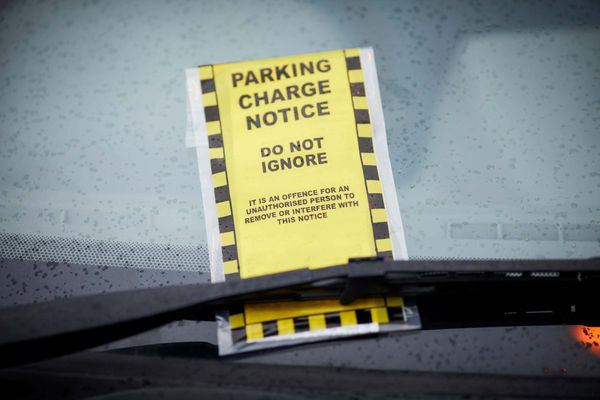
The Marlboro Man was one of history’s most effective advertising campaigns, and we’ve spent decades and billions of dollars trying to stamp out its phenomenal impact. That’s working: the proportion of young adult Australians who daily hold a cigarette has been declining since 2001.
That is a public health success story. But instead of trumpeting it, lazy policy and an inability to take advice from experts, particularly medical specialists, mean that vaping or e-cigarettes have prompted a new national public health crisis.
Indeed some estimates put the increase in vaping at more than 250% over the past five years, and a Sydney University study recently warned the nation risks giving rise to “a whole new generation of Australians addicted to dangerous products”.
It’s not that Australia hasn’t tried to act. A year ago, it passed laws making it illegal to use, sell or buy vapes containing nicotine unless they were sourced with a medical prescription. But that policy has been an abject failure, with both the use of and illicit market for vapes ballooning during that period.
If you want evidence, ask your local school how often teachers are routinely finding children as young as 10 vaping at lunchtime in toilets. To combat this, some schools have installed vape detectors, are locking toilets during set times, and are contemplating increased use of CCTV cameras.
Unanimously, educators say vaping is increasing, with the age of students being caught becoming younger. Students are a big market for vaping manufacturers, with flavours encompassing fruits like strawberries and blueberries, as well as chewing gum, soft drink and even desserts.
“So it is unsurprising teens rated flavourings and taste as the most important characteristic of vapes they used,” the University of Sydney study states.
In one city recently, three stores within a stone’s throw of a big high school have been advertising vape sales. The principal told parents he believed that was a marketing decision aimed at luring young students. The biggest source of vapes, however, is China, with up to 90% of purchases made via black markets.
Vapes routinely contain very high concentrations of nicotine — even though the label might declare them nicotine-free — and that is at the heart of concerns held by medicos who worry that young children are setting themselves up for serious illness.
But it’s not just nicotine. Health regulators have warned that vapes can also include ingredients commonly found in nail polish remover, cleaning goods and pesticides. And we don’t see any urgency in trying to stamp this out?
The University of Sydney study — which focused on more than 700 NSW teens — found that one-third had vaped previously, with more than half of those having never previously smoked. That points to a considerable smoking trajectory over the coming years.
“The odds of becoming a smoker is more than three times higher for never-smokers who vape than for never-smokers who don’t vape,” the report said.
It is preposterous that we know about the widespread and growing use of vapes, yet don’t have a concerted and targeted campaign to stop it.
Proof exists of black markets. Proof exists of children, still in primary school, being attracted by the way they are marketed. Proof exists that the labelling of them is routinely incorrect. Proof exists that the ingredients in them are often highly dangerous.
So where is the public health policy orchestrating an attack on vaping? Where are the raids that might stymie the market? Where are the prosecutions of those who continue and knowingly sell these vapes — which sometimes look like USBs or highlighters — to our children?
Where is any serious government action plan that shows a determination to halt vaping before it mirrors the heartache and headache caused by smoking?
We’ve relegated the Marlboro Man to the history books. And still we inhale deeply and do nothing. Why?






